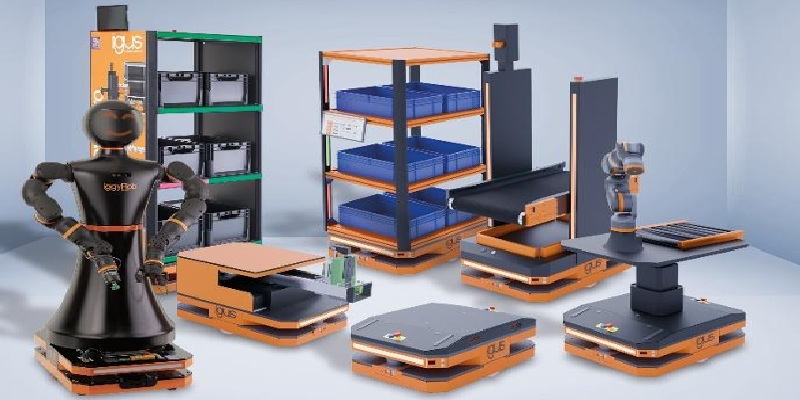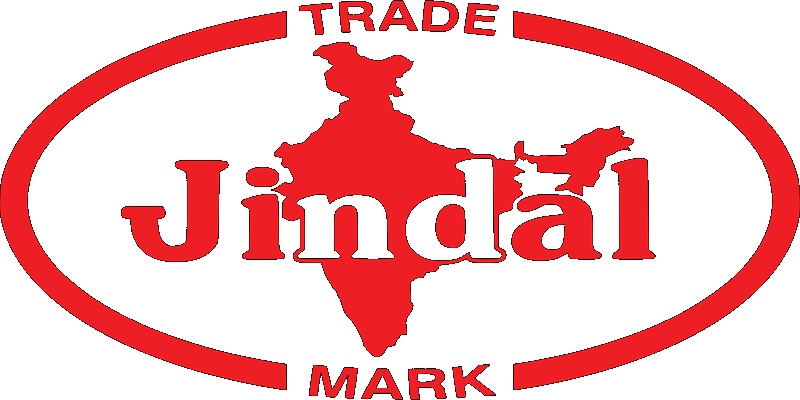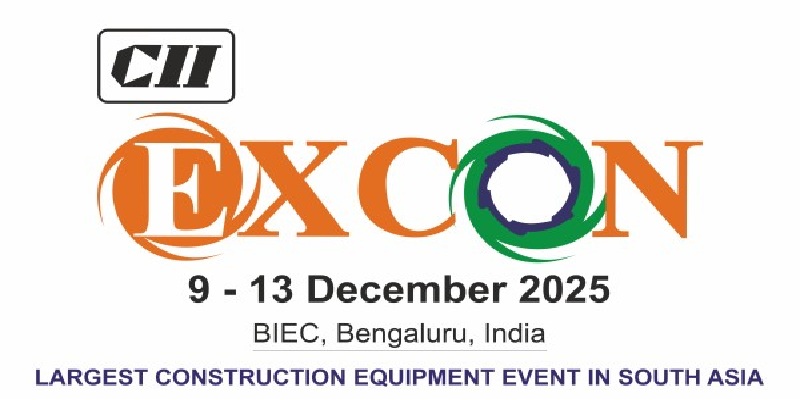Schedule a Call Back
Green manufacturing using ‘Circular Replenishment Chains’ model
 Articles
Articles- Jan 09,24
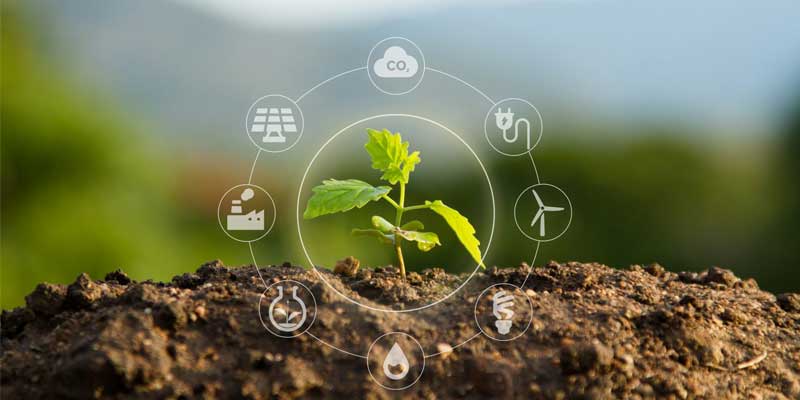
Related Stories
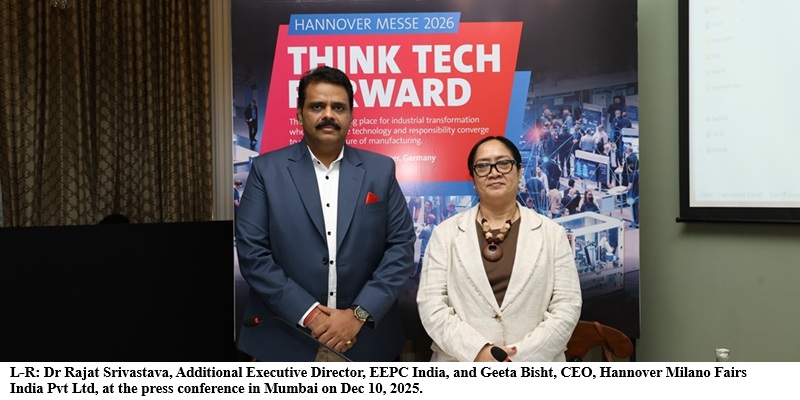
Hannover Messe 2026 to focus on automation & digitalization, adds Defense Area
At the upcoming Hannover Messe, AI will be a recurring theme throughout all the halls, and will play a central role on almost all stands.
Read more
ABB India Launches ACS380-E Drive for Future-Proof Industrial Automation
The ACS380-E drive will support all common rotary motor types across global voltage ranges (100–600 V) and will deliver superior motor control for applications such as packaging systems, conveyors..
Read more
TTTI Students Claim Top Honours at Janatics Automation Skill Challenge 2025
Toyota Kirloskar Motor (TKM) announced that their Technical Training Institute (TTTI) students bagged the first and second positions at the prestigious Janatics Automation Skill Challenge 2025.
Read more




